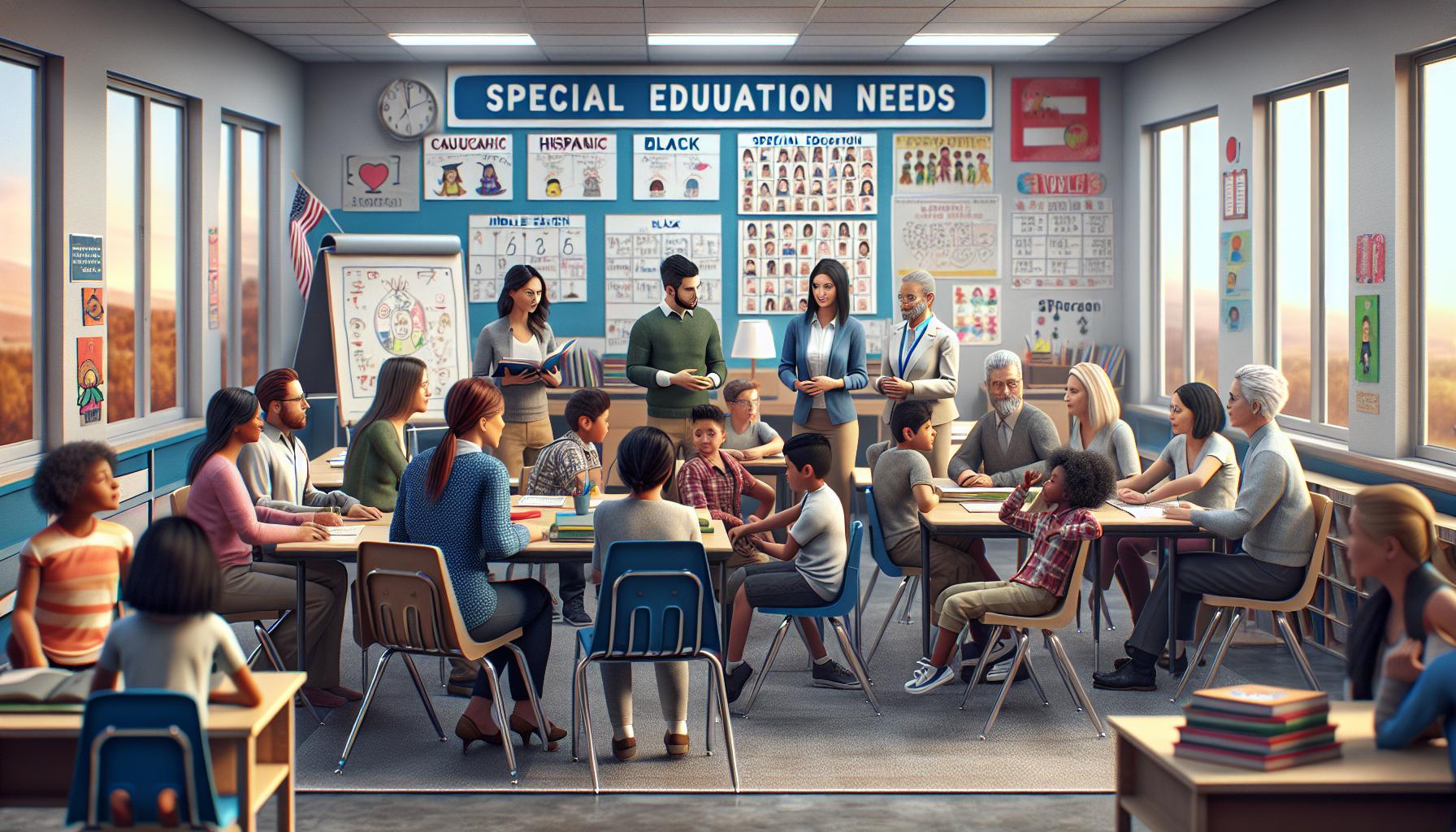Navigating the world of special education can feel like trying to solve a Rubik’s cube blindfolded. Parents and educators often find themselves wrestling with complex laws regulations and responsibilities while striving to provide the best possible education for students with special needs.
Understanding special education rights and responsibilities isn’t just about following rules – it’s about creating an inclusive educational environment where every student can thrive. From Individualized Education Programs (IEPs) to accommodation requirements these fundamental rights ensure that students with disabilities receive the support they need to succeed in their academic journey.
Whether you’re a parent an educator or an advocate knowing these rights and responsibilities is crucial for ensuring every child receives appropriate educational opportunities. Let’s dive into the essential aspects of special education law and discover how these protections shape the educational landscape for millions of students across America.
Understanding Special Education Law and Legal Framework
Special education laws establish comprehensive frameworks to protect students with disabilities. Federal legislation guarantees equal access to education through specific regulations protecting students’ rights.
The Individuals with Disabilities Education Act (IDEA)
IDEA establishes the legal foundation for special education services in U.S. public schools. Congress enacted this law in 1975 to ensure children with disabilities receive appropriate educational support. The act mandates free appropriate public education (FAPE) for students ages 3-21 who meet specific disability criteria.
Key IDEA provisions include:
- Individualized Education Programs (IEPs) tailored to each student’s needs
- Education in the least restrictive environment
- Procedural safeguards protecting parent rights
- Regular progress monitoring evaluations
- Transition planning for post-secondary life
Section 504 of the Rehabilitation Act
Section 504 prohibits discrimination against individuals with disabilities in programs receiving federal funding. This civil rights law ensures students with disabilities have equal access to educational opportunities. Schools must provide reasonable accommodations such as:
- Modified testing procedures
- Assistive technology devices
- Extended time for assignments
- Accessible classroom environments
- Specialized transportation services
Students qualify for Section 504 protections when physical or mental impairments substantially limit major life activities. Unlike IDEA, Section 504 doesn’t require specialized instruction but focuses on accessibility accommodations.
| Comparison | IDEA | Section 504 |
|---|---|---|
| Focus | Special Education | Civil Rights |
| Age Range | 3-21 years | All ages |
| Funding | Federal grants | No funding |
| Requirements | IEP mandatory | 504 Plan optional |
Parent and Student Rights in Special Education

Parents and students possess specific legal protections under IDEA to ensure access to appropriate educational services. These rights establish a foundation for meaningful participation in the educational decision-making process.
Right to Free Appropriate Public Education (FAPE)
FAPE guarantees students with disabilities access to specialized education services at no cost to families. Public schools provide individualized instruction through IEPs tailored to meet each student’s unique learning needs. The education program includes:
- Specialized instruction aligned with grade-level standards
- Related services such as speech therapy occupational therapy
- Accommodations for classroom activities assessments
- Progress monitoring through regular evaluations
- Transportation to educational programs when necessary
Right to Least Restrictive Environment (LRE)
LRE requires schools to educate students with disabilities alongside their non-disabled peers to the maximum extent appropriate. The placement decision considers:
- Academic benefits in regular classroom settings
- Social interaction opportunities with peers
- Support services available in general education
- Impact on classroom functioning integration
- Access to grade-level curriculum content
Students receive placement in specialized settings only when the nature or severity of their disability prevents achievement in general education classrooms with supplementary aids services.
Right to Due Process
Due process safeguards protect parents’ rights to participate in educational decisions. Parents maintain the right to:
- Review all educational records
- Participate in IEP team meetings
- Request independent educational evaluations
- Challenge school decisions through mediation
- File formal complaints regarding services
- Receive written notice of proposed changes
- Appeal decisions through administrative hearings
Schools must obtain parental consent before evaluating students changing placements or modifying special education services.
School District Responsibilities
School districts hold specific legal obligations to identify evaluate serve students with disabilities under IDEA. These responsibilities encompass comprehensive identification procedures specialized program development service delivery.
Child Find and Evaluation Requirements
School districts maintain an active Child Find system to locate identify children with disabilities ages 3-21 within their jurisdiction. The evaluation process requires obtaining parental consent conducting comprehensive assessments across multiple areas:
- Cognitive functioning through standardized intelligence tests
- Academic performance in reading writing mathematics
- Social emotional development through behavioral assessments
- Physical abilities including motor skills sensory processing
- Speech language skills through communication evaluations
Districts complete initial evaluations within 60 days of receiving parental consent. Reevaluations occur every 3 years or more frequently based on student needs.
Developing Individualized Education Programs (IEPs)
Districts convene IEP teams to create tailored educational programs for eligible students. The IEP development process includes:
- Assessment data review from multiple sources
- Goal setting in academic functional social domains
- Service determination based on student needs
- Progress monitoring methods specification
- Accommodations modifications documentation
IEP teams meet annually to review update student programs. Team members include special education teachers administrators parents related service providers the student when appropriate.
Providing Related Services and Accommodations
Districts deliver support services enabling students to benefit from special education including:
| Related Service | Purpose |
|---|---|
| Speech Therapy | Communication skills development |
| Occupational Therapy | Fine motor sensory processing |
| Physical Therapy | Gross motor mobility skills |
| Counseling | Social emotional support |
| Transportation | Access to educational programs |
- Extended time for assignments tests
- Modified presentation of materials
- Assistive technology devices
- Specialized equipment seating arrangements
- Support staff assistance in specific settings
Parent Responsibilities and Advocacy
Parents play a pivotal role in advocating for their child’s educational rights. Their active engagement ensures optimal educational outcomes through informed decision-making and consistent monitoring of progress.
Participating in the IEP Process
Parents serve as essential members of the IEP team, contributing unique insights about their child’s needs. Active participation includes reviewing evaluation results, sharing observations about the child’s strengths and challenges, and collaborating on goal setting. Parents attend scheduled IEP meetings, propose modifications to the proposed services, and sign consent forms for evaluations and services. Regular monitoring of IEP implementation helps track progress toward established goals.
Maintaining Communication and Records
Effective documentation strengthens advocacy efforts through organized record-keeping. Parents maintain copies of all educational documents including evaluation reports, IEP documents, progress reports, and correspondence with school staff. Creating a communication log tracks interactions with teachers, specialists, and administrators. Regular email exchanges or scheduled conferences with educators ensure consistent updates about academic progress and behavioral concerns.
Understanding Procedural Safeguards
Procedural safeguards protect parents’ rights throughout the special education process. Parents receive written notice before any changes to identification, evaluation, or educational placement. These safeguards include rights to request independent educational evaluations, access student records, and file complaints. Parents participate in resolution meetings or mediation sessions to address disagreements. The safeguards outline specific timelines for evaluations, meetings, and dispute resolution procedures.
Dispute Resolution and Legal Remedies
Special education disputes between parents and schools require specific resolution processes outlined in IDEA. The law establishes multiple paths for addressing disagreements while maintaining collaborative relationships.
Mediation Options
Mediation offers a voluntary conflict resolution process with a neutral third-party mediator. The mediator facilitates discussions between parents and school representatives to reach mutually agreeable solutions. School districts cover mediation costs while maintaining confidentiality throughout the process. Key benefits include:
- Preserving relationships between families and schools
- Reaching solutions faster than formal hearings
- Creating legally binding agreements
- Maintaining focus on student needs
- Allowing flexible scheduling options
Due Process Hearings
Due process hearings represent a formal legal procedure where an impartial hearing officer resolves special education disputes. Parents or schools initiate hearings by filing detailed complaints about identification evaluation placement or FAPE provision. The process includes:
- Mandatory resolution sessions within 15 days of filing
- Exchange of evidence 5 days before the hearing
- Testimony from witnesses under oath
- Cross-examination opportunities
- Written decisions within 45 days
State education agencies maintain lists of qualified hearing officers who understand special education law. Either party retains the right to appeal hearing decisions to state or federal courts.
Conclusion
Special education rights and responsibilities form the cornerstone of inclusive education in America. These legal protections ensure students with disabilities receive appropriate educational support while empowering parents as essential advocates in their children’s education.
The collaboration between schools parents and educators supported by IDEA and Section 504 creates a framework that promotes educational equity. Through IEPs specialized services and dispute resolution mechanisms the system strives to meet each student’s unique needs.
Understanding and exercising these rights and responsibilities isn’t just about legal compliance – it’s about creating an educational environment where every student can thrive. When all stakeholders work together they can build a more inclusive and effective educational system for students with disabilities.

